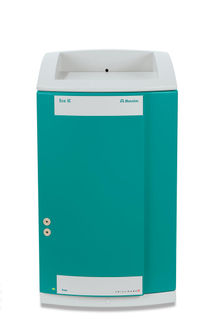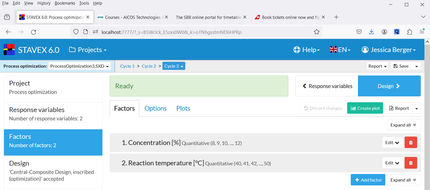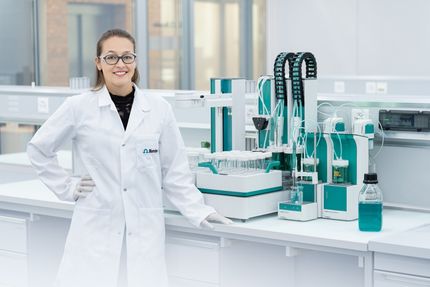Canine cancer detection is an approach to cancer screening that relies upon the olfactory ability of dogs to detect very low concentrations of the alkanes and aromatic compounds generated by tumors.
Research
Although the first suggestion of this approach in a medical journal dates back to 1989,[1] there were only occasional publications on the subject in the next decade.[2]
However, two studies (one published in 2004[3][4][5] and one in 2006) had promising results, with the 2006 report claiming a 99 percent accuracy in detecting lung cancer,[6] although both studies were preliminary and involved small numbers of patients.
Uses
There are two proposed benefits, assuming that further studies corroborate the initial results.
- Some researchers believe that dogs will become integrated directly into patient care, akin to their use in detecting bombs, drugs, and missing people.
- Others recommend that the skill of dogs in detecting cancer would be more appropriately confined to labs, where gas chromatographs could be used to isolate which specific compounds the dogs identified. Recent developments include a simple breathalyser which changes colour according to the compounds in the breath, indicating the presence of cancer.[7]
See also
References
- ^ Williams H, Pembroke A (1989). "Sniffer dogs in the melanoma clinic?". Lancet 1 (8640): 734. PMID 2564551.
- ^ Church J, Williams H (2001). "Another sniffer dog for the clinic?". Lancet 358 (9285): 930. PMID 11575380.
- ^ Willis CM, Church SM, Guest CM, et al (2004). "Olfactory detection of human bladder cancer by dogs: proof of principle study". BMJ 329 (7468): 712. doi:10.1136/bmj.329.7468.712. PMID 15388612.
- ^ USA Today - "Study shows dogs able to smell cancer"
- ^ CBS News - "Dogs Can Smell Cancer"
- ^ McCulloch M, Jezierski T, Broffman M, Hubbard A, Turner K, Janecki T (2006). "Diagnostic accuracy of canine scent detection in early- and late-stage lung and breast cancers". Integrative cancer therapies 5 (1): 30–9. doi:10.1177/1534735405285096. PMID 16484712.
- ^ Lunc cancer 'colour breath test' at BBC
- NYTimes - "Dogs Excel on Smell Test to Find Cancer" at New York Times
- NYTimes - Dogs and Their Fine Noses Find New Career Path at New York Times
- Reuters - Dogs can detect the disease by smelling breath samples, study finds at MSNBC
- The Sunday Times - Dr Dog, the cancer specialist
- Dogs Smell Cancer in Patients' Breath at National Geographic
- - Cancer-Detecting Dogs at CNN
- Dogs Smell Signs of Cancer at healthday.com
- "Man's best friend may hold key to sniffing out certain cancers" at San Francisco Business Times
- "Sniffing out cancer" at Pacific Sun
- Dogs can detect the disease by smelling breath samples, study finds - Reuters
|







